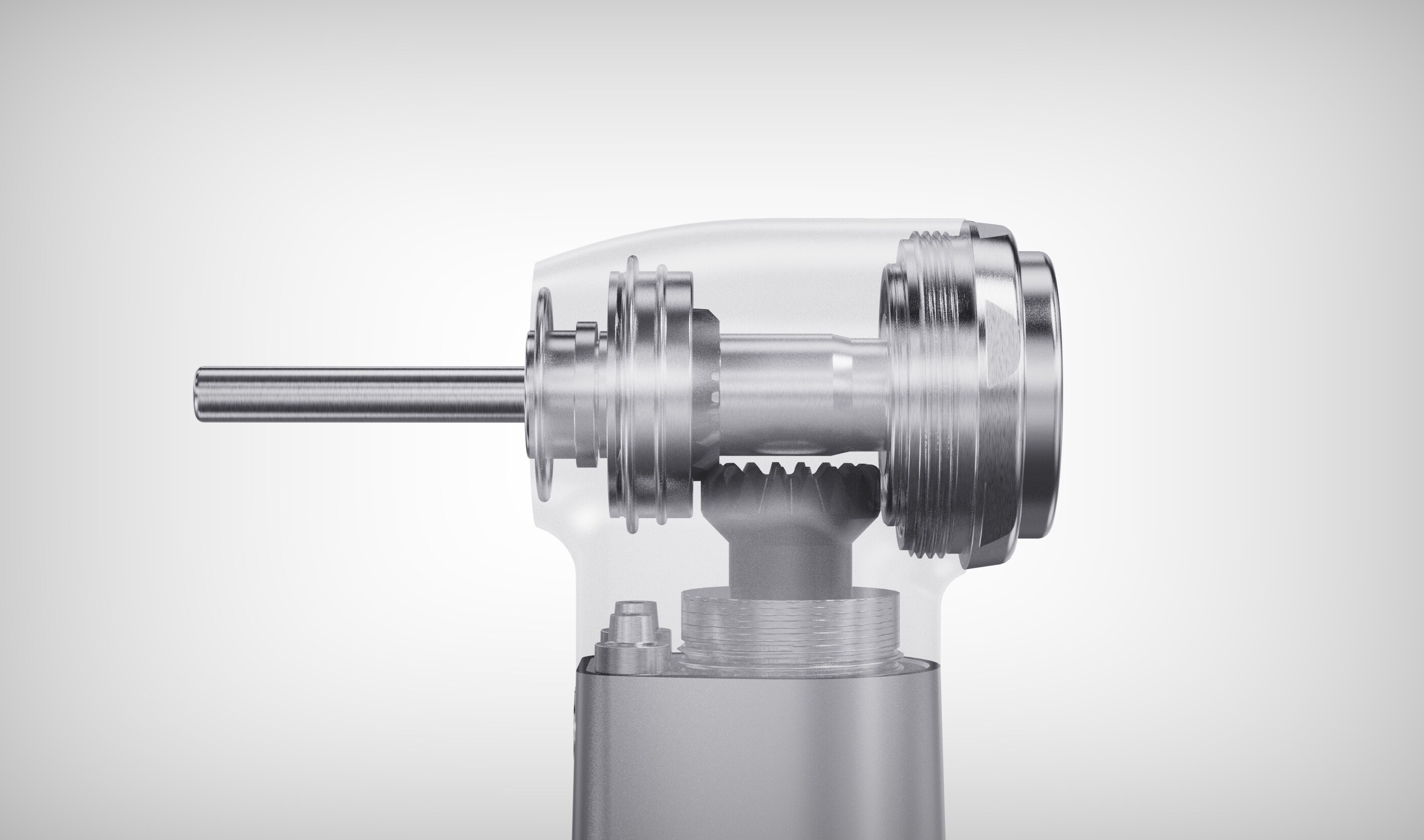6-20 个字符(仅限字母加数字)
密码不一致

消息

Chatgpt的崛起可能会引发对AI的医疗价值II的重新评估II

通过“互联网 +医疗健康”改善医疗服务
From the latest specific policies, the Opinions issued by the General Office of the Central Committee of the Communist Party of China and the General Office of the State Council on Further Improving the Medical and Health Service System proposed to develop "Internet + Medical Health", build an industrial Internet platform for the medical field, accelerate the application of the Internet, blockchain, the Internet of Things, artificial intelligence, cloud computing, and big data in the medical and health field, and strengthen the construction of the data sharing, exchange,和健康和医疗保健系统。
人工智能革新农村医疗保健
不久前,这两个办公室发表的意见关于进一步加深改革,以促进农村医疗和卫生系统的健康发展,还提到:“我们将在农村地区建立一个远程医疗服务系统,促进远程咨询,任命转移,互联网随访以及远程检查,并加速了人工智能服用的农村医疗机构和促进农村医疗机构的诊断。实际上,最早,政策发布了信号,以鼓励在基层上实施人工智能系统。
放松对AI辅助诊断的限制
4月20日,国家卫生委员会的医疗管理局和医疗监督局发布了国家限制技术和临床应用管理标准的目录(2022),该标准调整了所有级别的医院使用的受限制医疗技术列表,并取消了五个受限制的技术,包括人工智能的应用程序,这意味着对诊断的启用诊断,这意味着诊断诊断的诊断,这是II诊断,这是II的诊断,这是II的诊断,这是II的诊断,这是II的诊断,渗透到更多的基层地区。
AI减轻医疗资源短缺
在人口老龄化和医务人员短缺的背景下,AI提供了新的想法来减轻医疗资源供应和需求之间的矛盾。 AI可以为现有医疗系统带来进步和效率的提高,减轻医务人员的工作负担,并加速药物和疫苗的发展进展。
政府推动中国人工智能医疗行业的增长
在发展环境中,政府政策指导无疑是促进AI医学发展的主要力量。数据表明,2021年中国AI医疗行业的市场规模约为95亿元人民币,预计2025年将达到385亿元人民币,从2020年到2025年的复合年增长率为46%,显示出正增长的趋势。
AI技术的突破和医学成像的广泛前景
目前,从国内AI医疗行业的下游需求分布中,AI医疗被广泛用于辅助和数据方面。在CDSS(临床决策支持系统),智能案例和医疗数据智能平台市场中,该比例相对较大,分别达到2020年的29.8%,21.6%和14.0%。将来,AI医疗应用程序将更多地关注实际方面,包括实际方面,包括AI Medical Imavil Imaich,AI Medical Imagon,AI PharmaceAceSials,以及又一乎。
一些行业分析师指出,将来,AI将嵌入医疗应用系统中,并应用于医院核心临床信息系统和管理系统,电子病历和病例系统,以及健康医疗大数据的建设和应用开发。
另一方面,独立的AI医疗应用系统也开始发挥作用,例如医疗图像AI字段等。在AI医疗行业中,医学成像一直是最受欢迎的应用程序领域之一。

